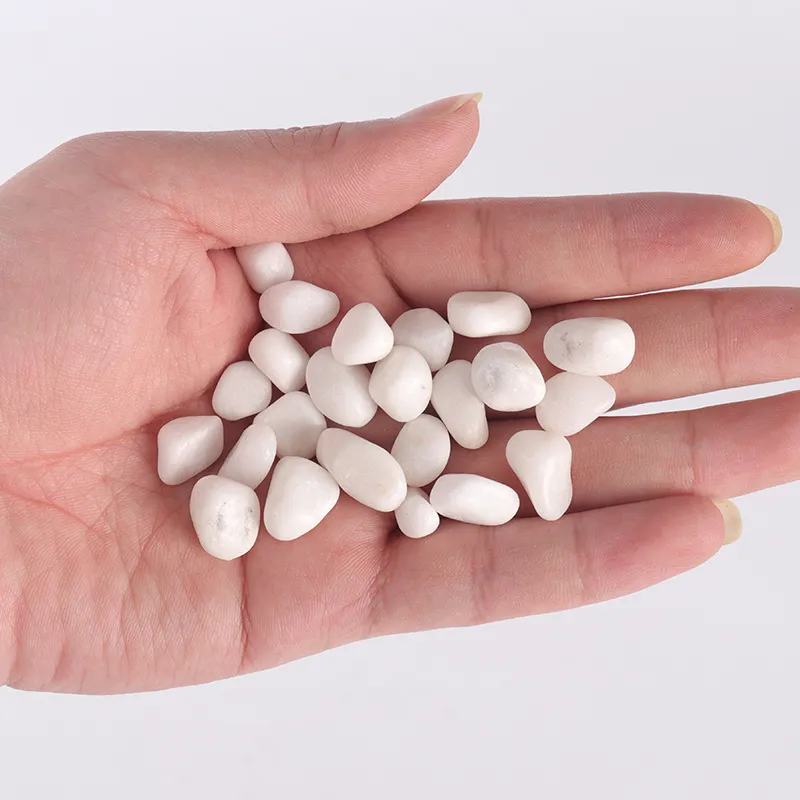Aug . 29, 2024 18:11 Back to list
Grouting Cobblestones
The Art of Grouting Cobblestones An Essential Guide
Cobblestones have long been cherished for their unique charm and durability, making them a popular choice for both outdoor and indoor paving. However, to maintain their beauty and functionality, proper grouting is essential. Grouting cobblestones involves filling the gaps between the stones, providing stability and preventing weed growth, while enhancing the overall aesthetic. This article will explore the significance of grouting, the materials used, and valuable techniques for achieving a perfect finish.
Understanding the Importance of Grouting
Grouting serves several crucial functions in cobblestone installations. First and foremost, it stabilizes the stones, ensuring they remain securely in place even under the weight of foot traffic or vehicles. Without proper grouting, cobblestones can shift or become uneven, leading to potential safety hazards. Additionally, grouting helps to inhibit the growth of weeds and moss that can thrive in the gaps, keeping the pathway looking clean and well-maintained. Last but not least, a well-grouted surface enhances the visual appeal of cobblestones, offering a polished and cohesive look.
Materials Used for Grouting
When it comes to grouting cobblestones, various materials can be utilized depending on the desired finish and functionality. One of the most common options is sand-based grout, often mixed with cement for added strength. This mixture is ideal for outdoor applications since it is permeable and allows water to drain through, preventing puddles and potential damage during freezing temperatures. For those seeking a more decorative touch, polymer-modified grouts can add color and texture, enhancing the overall appearance of the installation.
Techniques for Effective Grouting
grouting cobblestones

To achieve a successful grouting process, follow these essential steps
1. Preparation Begin by thoroughly cleaning the cobblestone surface to remove any debris, dirt, or old grout. Ensuring that the gaps are clear promotes better adhesion.
2. Mixing the Grout Prepare your grout mixture according to the manufacturer’s instructions, ensuring the right consistency for easy application.
3. Application Use a rubber float or trowel to apply the grout, pushing it firmly into the gaps between the cobblestones. Work in small sections to prevent the grout from drying out before you can smooth it.
4. Finishing Touches Once the gaps are filled, use a damp sponge to clean excess grout from the stones, taking care not to remove grout from the gaps. Allow the grout to cure as per the product guidelines.
5. Sealing (Optional) Depending on the grout type, sealing may offer additional protection against weathering and staining.
In conclusion, grouting cobblestones is an integral part of the installation process that not only enhances stability but also contributes to the overall aesthetic appeal. By choosing the right materials and techniques, you can ensure your cobblestone paths and driveways remain beautiful and functional for years to come.
-
Transform Your Outdoor Spaces with Premium Black Rocks for Landscaping
NewsAug.01,2025
-
Exploring the World of Green Jade: Types, Meanings, and Values
NewsAug.01,2025
-
Enhance Your Outdoor Spaces with Premium Black Garden Stones and Pebbles
NewsAug.01,2025
-
Elevate Your Garden Design with Black River Stones and Decorative Landscape Rocks
NewsAug.01,2025
-
Discover the Beauty and Symbolism of Green Jade: From Raw Stones to Luxury Pieces
NewsAug.01,2025
-
Discover the Beauty and Meaning of Green Jade Crystals
NewsAug.01,2025






